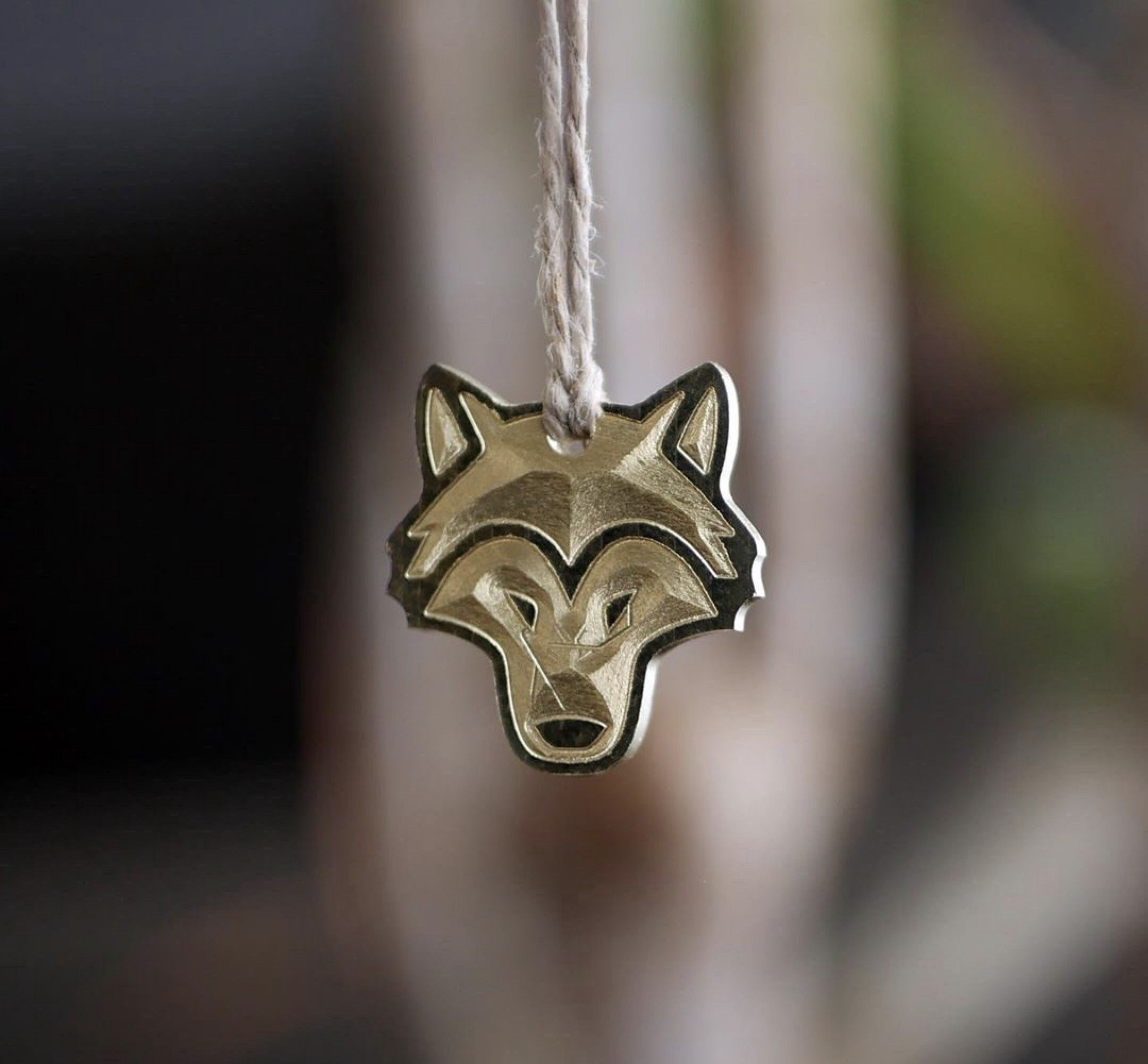Designer and Artist Joel Kadatz Dives Back Into CNC Machining
Joel Kadatz is a Canadian-based designer, artist, and maker best known for fabricating insanely cool 3D-printed timelapses. If you’re unfamiliar with his work, definitely head over to his YouTube channel or Instagram page to see his latest creations. Back in 2019, Joel reached out to Bantam Tools about collaborating, explaining that he had a number of CNC projects in mind. Since joining the Bantam Tools remote residency, he’s machined an array of projects, including an incense holder, topo maps, and jewelry. We caught up with Joel to chat about his experiences using the Desktop PCB Milling Machine.
What’s your background? How did you get into 3D printing and CNC machining?
I was the head of production for a sign company for six years. There, I learned the ins and outs of CNC machining on an old Camtech Z7 Router, and I started to design parts for my own projects. But instead of getting a CNC machine right away, I decided to get a small 3D printer for my home shop. It was better suited for my space at that time. But I’ve enjoyed learning manufacturing techniques for both CNC machining and 3D printing, as well as finding ideal use cases for each.
2. What’s your favorite feature of the Bantam Tools mill?
My favorite features are the fixturing options and automatic tool probing. Having the option to use either the spoilboard or T-slot bed on the mill opens doors for a variety of projects. The automatic tool probing feature in the Bantam Tools software makes switching end mills mid-operation very easy, and I know I can rely on it.
3. What has the Bantam Tools mill enabled you to do that you previously couldn’t?
Due to the mill’s precision, I found myself making a ton of jewelry, which is something I never thought I’d be making. Throughout the residency, I made a handful of brass pendants that turned out great!
4. What other project(s) could you see yourself milling with the Desktop PCB Milling Machine?
Intricate design work is where this desktop CNC machine really shines, and the most intricate of all — in my opinion — is its intended use: milling circuit boards. I only dipped my toe into the world of electronics and machined a few PCBs, but it’s clear the mill handles them with ease — and a ton of speed!
5. Aside from the mill, what are three tools you can’t live without? Why?
Three tools I can’t live without in my studio are my digital calipers, my camera, and the Fusion 360 software. I’m constantly taking photos and dropping them into Fusion 360 as canvases, which I calibrate using my calipers. These tools are essential for all my design work.
6. What are three tips you’d offer machinists or designers using the mill for the first time?
Utilize the SVG-supported software! All you have to do is drag and drop the file in. The Bantam Tools software’s interface is very user-friendly. But while it looks simple, it’s a really robust piece of toolpath software that makes a huge difference — especially if you’re just getting started.




